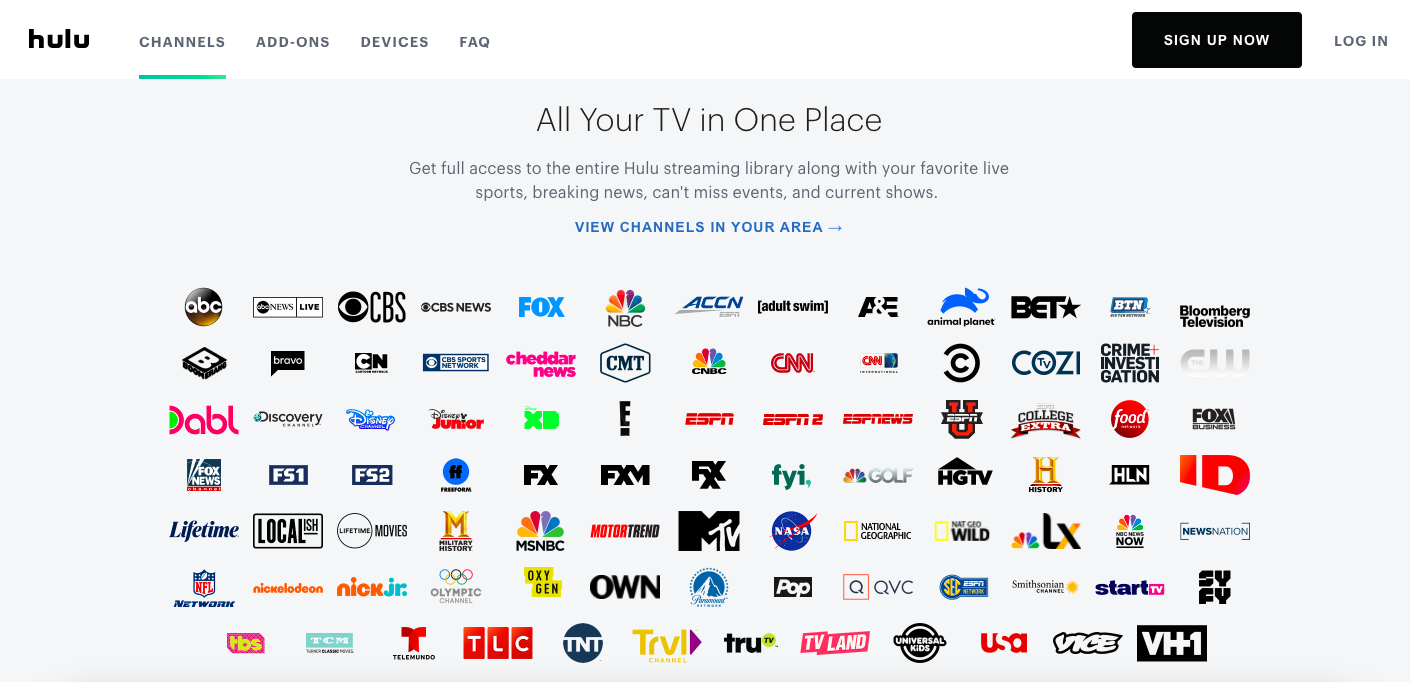7 Trends Daily
Stay updated with the latest insights and trends across various sectors.
Stream Wars: Why Binge-Watching is Just the Beginning
Dive into the Stream Wars! Discover why binge-watching is only the start of a thrilling viewing revolution you can’t afford to miss!
The Psychology Behind Binge-Watching: Why We Can't Stop
The phenomenon of binge-watching has captivated audiences worldwide, with many finding it difficult to resist the temptation to consume multiple episodes in one sitting. This behavior can be attributed to various psychological factors, including the release of dopamine in the brain. Dopamine, a neurotransmitter associated with pleasure and reward, reinforces our desire to keep watching, as each completed episode brings a sense of accomplishment and enjoyment. Additionally, the storytelling techniques used by creators, such as cliffhangers and intricate plot twists, keep viewers engaged and craving more, triggering a cycle of reinforcement that is hard to break.
Another key factor that contributes to binge-watching is the escapism that television provides. In our fast-paced, often stressful lives, many individuals turn to binge-watching as a means to disconnect from reality and immerse themselves in another world. This psychological escape can be particularly appealing during difficult times, leading to prolonged viewing sessions. Furthermore, the social aspect of watching shows—sharing recommendations, discussing plotlines, and engaging with online communities—enhances the experience, making it more likely for individuals to succumb to the urge to binge-watch as they seek connection and shared experiences with others.

Streaming Wars: How Platforms are Shaping Our Viewing Habits
The streaming wars have dramatically transformed the way we consume content, reshaping our viewing habits in unprecedented ways. As platforms like Netflix, Hulu, Amazon Prime, and Disney+ vie for viewer attention, they are not only competing for users' subscriptions but also for their time. This competition has led to a surge in original programming and exclusive content, forcing audiences to make choices about where to invest their viewing hours. With each platform offering unique shows and movies, viewers must navigate a complex landscape of available options, often leading to decision fatigue as they select what to watch next.
Furthermore, the influence of social media and mobile technology has intensified the streaming wars. Viewers no longer wait for a specific time to watch their favorite shows; instead, they engage in binge-watching sessions that allow them to consume entire seasons in one sitting. This shift has been amplified by the rise of recommendation algorithms that personalize viewing suggestions, making it easier for users to discover new content. As a result, streaming platforms are not just dictating what we watch, they are also altering how we interact with media. The future of viewing habits looks intertwined with technology and competition, raising important questions about the cultural impact of these changes.
Is Binge-Watching Bad for You? The Health Implications of Streaming
Binge-watching has become a prevalent activity in today's streaming culture, allowing viewers to consume multiple episodes of their favorite shows in one sitting. While it provides the joy of storytelling and escapism, binge-watching can also lead to several health implications. Extended periods of inactivity often result in physical discomfort, such as back pain and increased fatigue. Moreover, the addictive nature of binge-watching can disrupt sleep patterns, leading to insomnia or poor-quality sleep, which impacts overall well-being and daily functioning.
Beyond physical health, binge-watching can take a toll on mental health as well. Studies suggest that prolonged screen time may contribute to feelings of anxiety and depression, especially if individuals use streaming as a way to avoid stressors in their lives. Additionally, excessive consumption of television content can lead to social isolation, as viewers may choose to prioritize their screen time over face-to-face interactions. In light of these health implications, it's crucial to find a balance between enjoying your favorite shows and maintaining a healthy lifestyle.